Asparagus
Pickled, roasted, grilled, steamed or stir-fried; white, purple or green, asparagus tastes delicious. My little patch is re-emerging. I planted three crowns over twenty years ago on a little ridge I made of amended soil. That area is now flat, but every spring the asparagus returns. Asparagus needs the cool winters we have, and well-draining sandy-loamy soil. It requires irrigation the first year and also when maturing to ferns each year. If grown from seed, the spears will appear around the third year. Most grow asparagus from one-year-old crowns, and spring is the time to plant. The spears usually appear the following spring, but it is recommended to wait and harvest until the next year. Plants can last up to 30 years.
Asparagus is mostly dioecious - male and female flowers grow on separate plants. Spears can grow 6” in a day. If the spears are not harvested, the tips unfurl into a fern that can reach almost 5 feet. Tiny bell-shaped, pale green-yellow flowers emerge. Honeybees transport the bright orange pollen to the next flower. The female plants will then produce little red berries that songbirds eat, and the seeds are distributed through the bird poop. (The berries are toxic to humans.) Because some plant energy is put into making berries/seeds, female plants do not produce as many spears as male plants. Commercial growers plant cloned-male crowns. The harvest season lasts usually three months. Those not harvested grow into tall green lacy ferns (with red berries), which turn yellow in the fall and die back. I chop mine down at that point.
Spears that appear further from the crown tend to be skinnier, while those closer to the crown get more nutrients and are thicker. About 300 species of asparagus exist – some ornamental, and some vegetable. Europeans like white asparagus, which is just the green variety covered with 6 inches of soil on top of the shoots. When the tip breaks the surface, a special knife is used to cut and dig them up. The taste is supposed to be a little bitter.
Asparagus is a perennial in the lily family related to other spring crops: garlic, leeks, onions. Records from ancient Greece and Italy show that it has been around for at least 2500 years. The word comes from “asparag”, a Persian word for shoot. The Egyptians used it for medicine as well. Dutch and English colonists brought it to America. In 1852 migrant families planted it in the Stockton-Sacramento delta. Thomas Foon Chew Cannery of Isleton became the first to package it in 1919. It wasn't until the mid-1980s that planes were used to ship fresh asparagus worldwide. Currently, the US is #5 in asparagus producers after China, Peru, Mexico and Germany. California is the top grower in the US.
If you don't want to grow your own, here is what to look for at the market. Stalks should be about 6 inches and not too woody. Woody means that it wasn't harvested when the plant was tender and young. Woody stems look dry and become a little concave. Usually, the bottom 1½ inch is cut off the spear before cooking. Tossing the spear ends in the garbage disposal could mean death for your garbage disposal. They are tough, fibrous cellulose.
Asparagus is considered an aphrodisiac in some cultures. Asparagus is also known for its diuretic properties and for odiferous urine which all eating asparagus produce, but not all can smell.
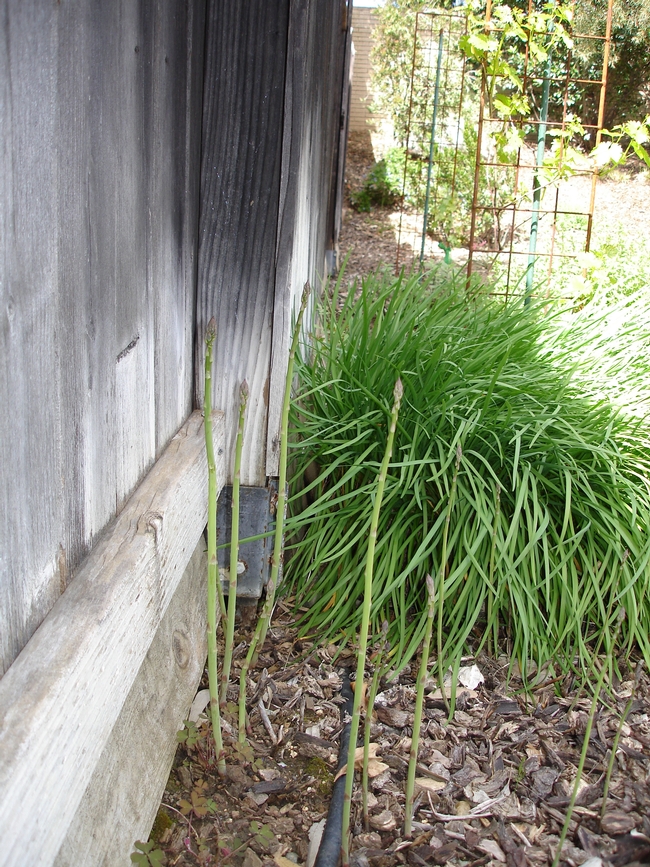
photos by Michelle Davis
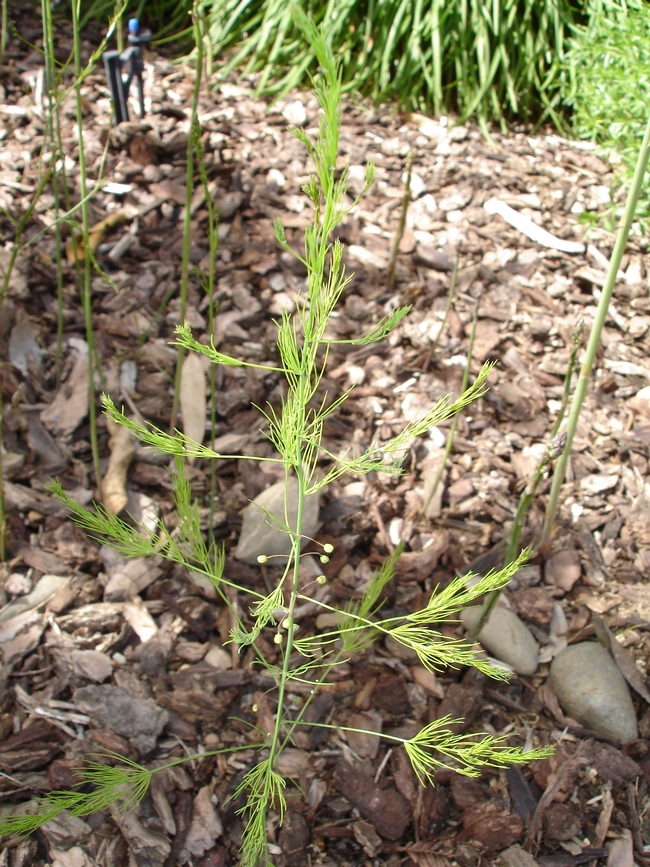
DSC00556 copy
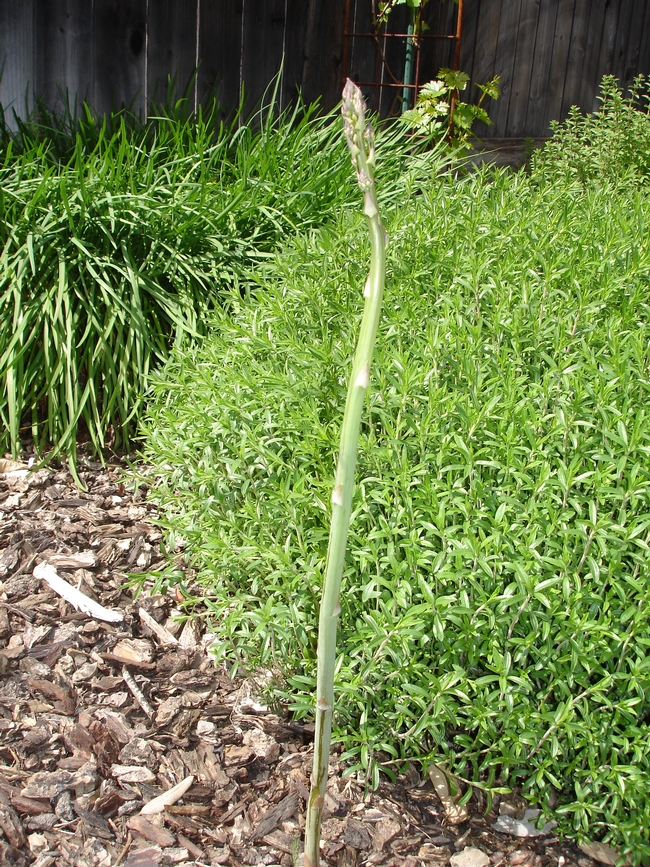
DSC00557 copy
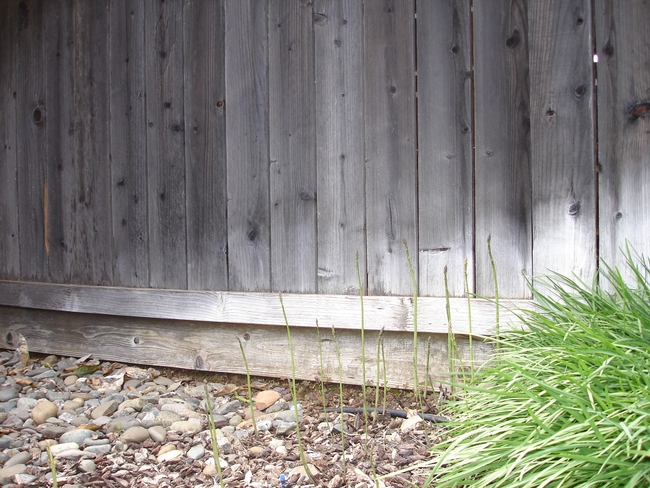
DSC00559 copy
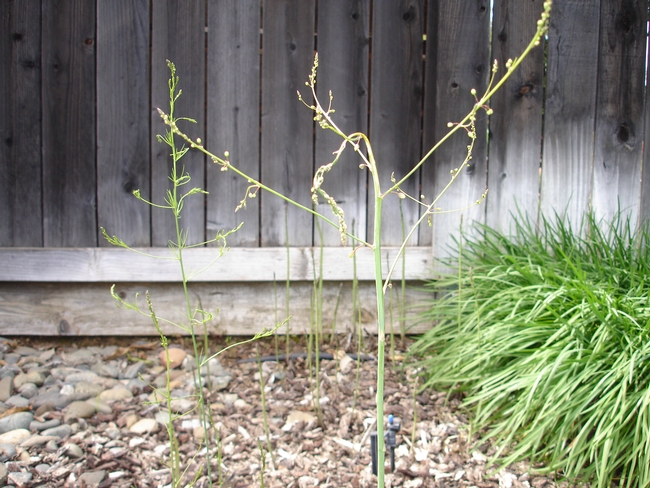
DSC00558 copy


Posted by Tina Saravia on July 12, 2017 at 11:17 PM